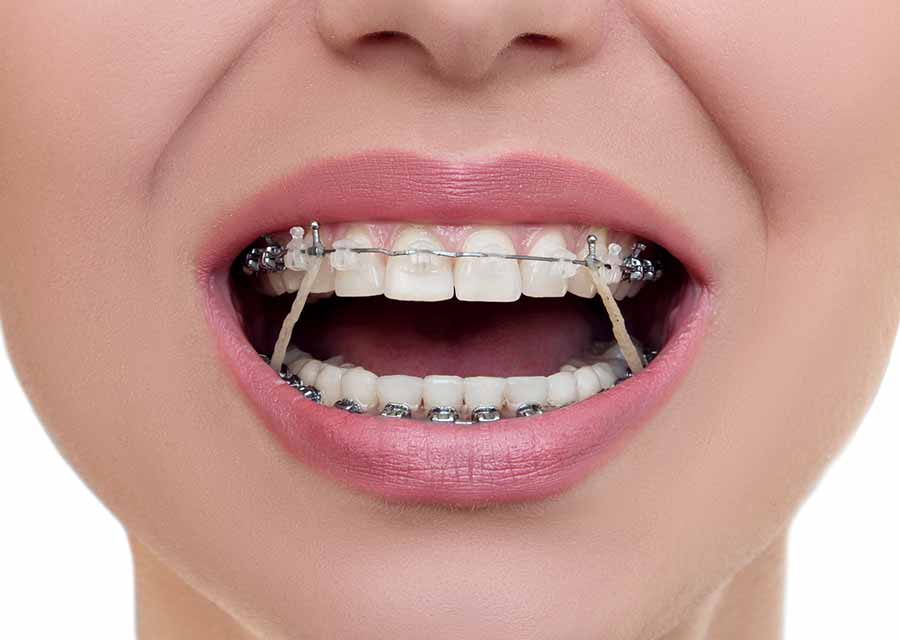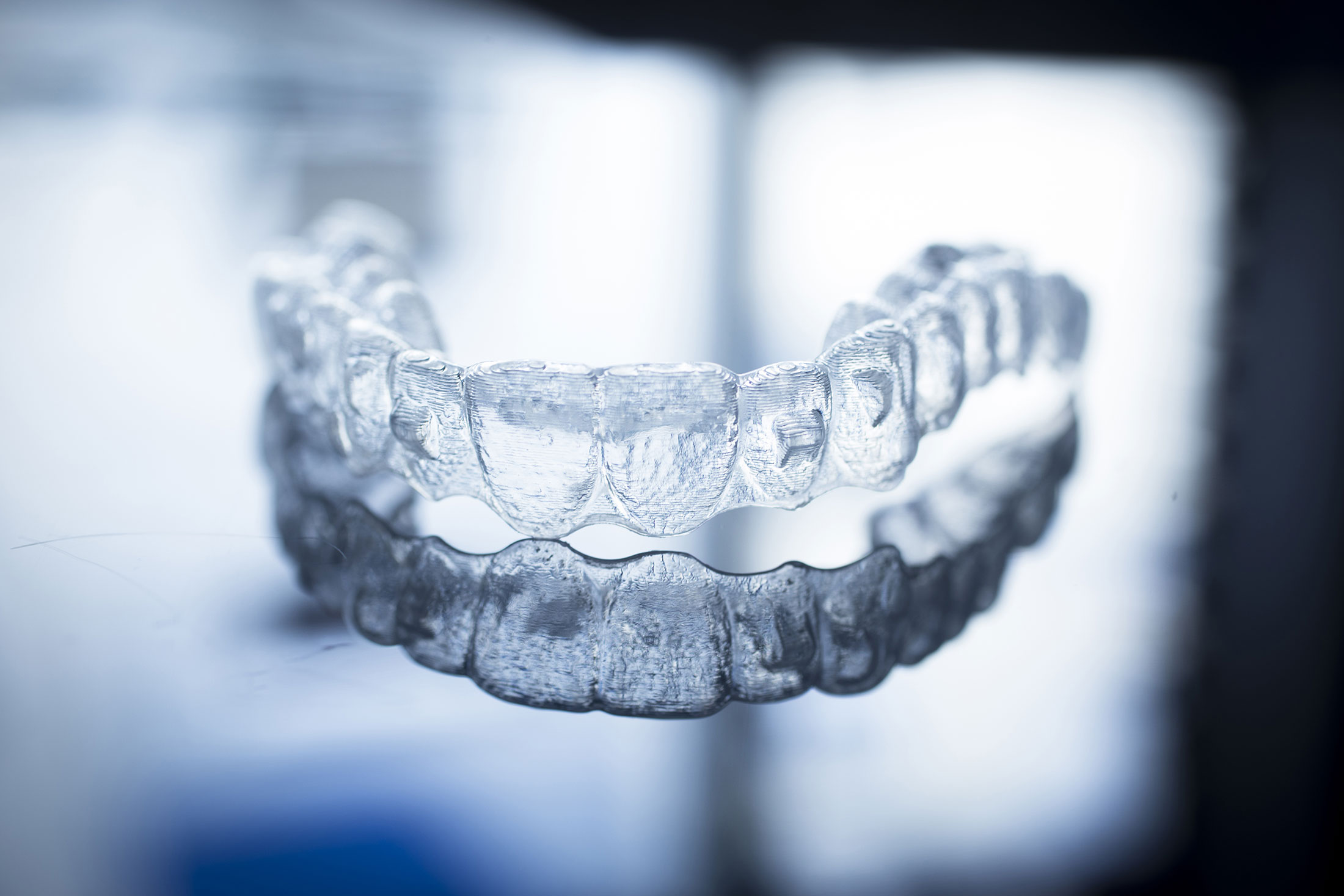Some Known Incorrect Statements About Legacy Orthodontics
Table of ContentsLegacy Orthodontics for DummiesThe Best Strategy To Use For Legacy OrthodonticsTop Guidelines Of Legacy OrthodonticsOur Legacy Orthodontics PDFsTop Guidelines Of Legacy Orthodontics
At Advanced Orthodontics, we provide patients with a alternative treatment experience. Furthermore, we provide adjustable treatment schedules, versatile payment options and a fun, enjoyable experience. leesburg clear braces. Call ( 480) 357-4900 today for additional information and schedule an appointment.An orthodontist is a dentist educated to identify, avoid, and treat teeth and jaw irregularities. Orthodontists work with people of all ages, from kids to adults.
Malocclusion, or misaligned teeth, can lead to dental problems, consisting of tooth degeneration, gum tissue illness, and tough or painful chewing. Not everybody is birthed with straight teeth. If you have a negative bite or large rooms between your teeth, you may wish to get in touch with a dental practitioner concentrating on orthodontic treatment.
Some Known Questions About Legacy Orthodontics.
( Image Debt: DigitalVision/Getty Images) Orthodontists use repaired and removable dental devices, like braces, retainers, and bands, to change the placement of teeth in your mouth. Orthodontic therapy is for oral irregularities, including: Uneven teethBite problems, like an overbite or an underbiteCrowded teeth or teeth that are too far apartJaw misalignmentThe objective of orthodontic therapy is to enhance your bite.
While you could think of orthodontists as generally for youngsters or teenagers who require dental braces, they can fix oral problems at any age. Orthodontists participate in university, oral institution, and orthodontic school.
All orthodontists are dental experts, yet not all dentists are orthodontists. Orthodontic residency programs use extensive, focused direction for dental experts. They concentrate on two locations: Just how to properly and securely move teeth How to properly guide development in the teeth, jaw, and faceOnce an orthodontist has actually finished training, they have the choice to come to be board accredited.
The Ultimate Guide To Legacy Orthodontics
Misalignment, or malocclusion, is one of the most usual factor people see an orthodontist. It is hereditary and is the outcome of dimension differences between the upper and lower jaw or in between the jaw and teeth. Malocclusion leads to tooth overcrowding, a twisted jaw, or uneven bite patterns. Malocclusion is normally treated with: Your orthodontist affixes steel, ceramic, or plastic square bonds to your teeth.
Some people need a headwear to aid move teeth right into line with pressure from outside the mouth. A retainer is a custom tool that keeps your teeth in place.
They can develop additional room in the mouth without having to draw teeth. Orthodontists use cords, medical screws, or plates to support your jaw bone.
You may require to see an orthodontist if you have: Crowding or not sufficient space for every one of your teethOverbite, when your upper teeth come by your base teethUnderbite, when your base teeth are too much forwardSpacing or problems with gapsCrossbite, which is when your top teeth fit behind your bottom teeth when your mouth is closedOpen bite or a vertical gap between your front base and top teethMisplaced midline, when the center of your bottom and upper teeth don't align Correcting an oral malocclusion can: Make attacking, chewing, and talking easierImprove the proportion of our face and your general appearanceEase discomfort from temporomandibular joint conditionsSeparate your teeth and make them much easier to cleanse, assisting prevent tooth decay or tooth cavities It's often a dental professional that first notices misaligned teeth throughout a routine examination.
Fascination About Legacy Orthodontics

Throughout your first orthodontic assessment, you'll likely have: A dental examPhotos taken of your face and smileDental X-raysPanoramic (360 level) X-rays of your face and headImpressions to produce molds of your teethThese examinations will certainly assist your orthodontist know just how to wage your therapy. leesburg orthodontics. An orthodontist is a dentist that's had training to treat your teeth and jaw
Orthodontists may perform surgery, exams,X-rays,and more to aid you achieve a much more comfy, healthier smile. An orthodontist is focused on your bite, so something like a broken tooth would be managed by a dental professional. Orthodontists are dental professionals however not all dental practitioners are orthodontists. Orthodontists are concentrated on your bite, or the method your teeth meshed, and the straightness of your teeth.
Ever before questioned exactly how celebs always seem to have completely lined up teeth? The answer commonly depends on the skilled hands of an orthodontist. But exactly what does an orthodontist do? Orthodontists are oral professionals that concentrate on correcting abnormalities in the teeth and jaws. Their know-how surpasses just creating a stunning smile; it includes boosting your overall dental health and feature.
An Unbiased View of Legacy Orthodontics

, orthodontists have a varied toolkit at their disposal. These tried-and-true dental braces use a system of braces adhered to the teeth and linked by wires.
Clear aligners, like Invisalign, are a popular option for people seeking a more very discreet treatment option. These removable trays are tailor-made to gradually change the teeth's position. Headgear might be used in conjunction with braces or aligners to use added targeted pressures, especially for dealing with jaw inconsistencies. In cases of narrow jaws, palatal expanders can be made use of to produce space for proper tooth positioning.